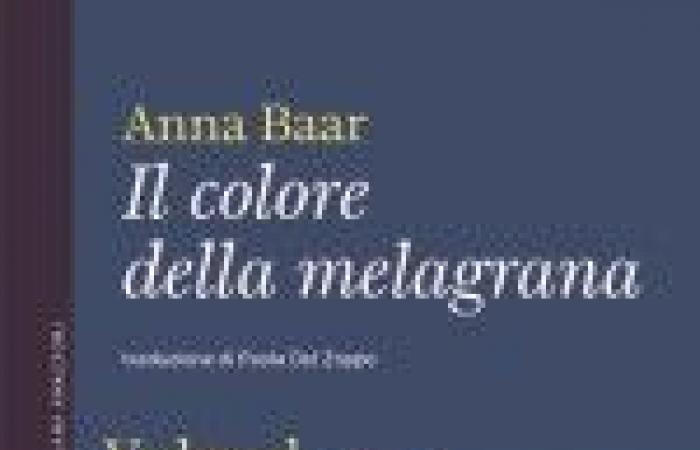Brač Island, Croatia. Ana is sitting with her grandmother Nada on the porch of her house. They are both smoking. What can she talk about with her grandmother? Nada is barely able to see, there is ash everywhere. When Ana asks her about it, Nada denies it. It is typical of her grandmother to deny the obvious. It is dusk, and the bora is whipping and making Ana shiver. Nada says she is not cold, she does not want a cardigan or a glass of water, even though she should drink a lot – she is 89 years old. Ana loves Nada very much and often insists that she tell her about life when she was little. Nada often refuses, and then Ana begins to remember when time lasted a long time and she was a child. She spent the whole summer with Nada, the rest of the year she was in Austria with her family, speaking a language and absorbing a culture that Nada abhorred. When they were together, Nada seemed to like everything: grazed knees, raspberry thorns, juniper brambles. Together, they improvised fairy tales and jokes, getting down on all fours and imitating the hinny on the kilim (a type of carpet) with fringes…
The color of pomegranate, Anna Baar’s debut novel, is both a novel with autobiographical elements and an exercise in the interpretation of myth. To be precise, that of Persephone (or Proserpina for lovers of the Latin versions). Daughter of Demeter and Zeus, Persephone was kidnapped by Hades while she was picking a daffodil and dragged to her underworld. There she ate six acres of pomegranate, unaware of the fact that whoever eats the fruits of the underworld is forced to remain there for eternity. After Demeter’s research, the intervention of Zeus established that Persephone would remain in the kingdom of Hades for as many months as the number of pomegranate seeds she had eaten, while she would spend the rest of the time with her mother (and thus the seasons were created ). The period that Ana, the protagonist of the book, spends with her grandmother is not equivalent to six months, but only to a summer, during which her grandmother tries not to make her lose contact with her mother tongue, as opposed to the one she for Nada she is a foreigner and an enemy – the German. Nada is in fact a Yugoslavian who lived through the Nazi invasion, she saw her sister Vesela die at the hands of the Germans and therefore sees Ana’s paternal ramification with real hatred. That she thus finds herself having to mediate and interpret between two tangential but hostile cultures, with a sense of generational estrangement rendered more than admirably. Moreover, there are quite a few autobiographical references: the double Austro-Croatian identity; the island of Brač; a grandmother who lived through and suffered the Second World War. Ultimately, we feel very clearly that The Color of the Pomegranate is something more than a simple novel: it is a work that manages to make us understand what it means to be a foreigner in your homeland.



